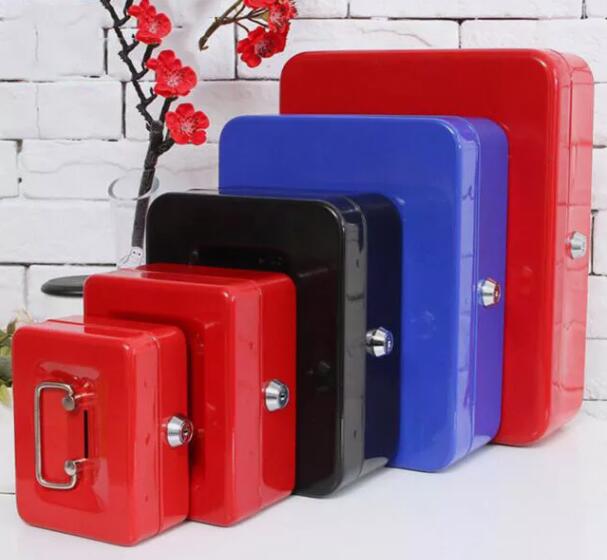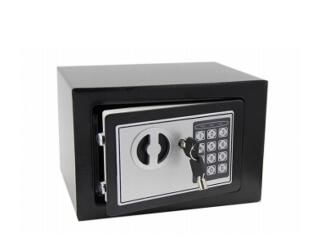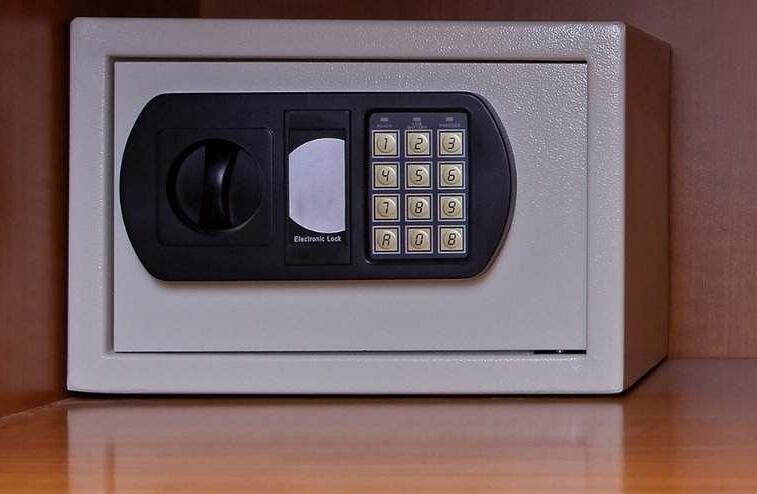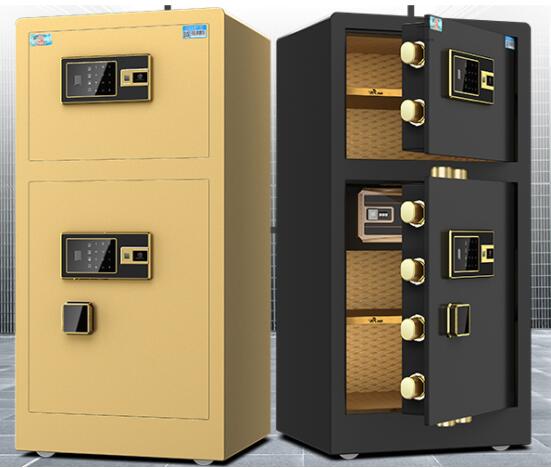Standard technical structural requirements for safes (cabinets)
All surfaces of steel components (except bearings, stainless steel, polished parts, and parts used in concrete) should be treated with anti-corrosion measures. Anti corrosion measures include various anti-corrosion treatments such as oxidation, electroplating, and painting.
There should be drawings, inspection specifications, and installation and user manuals that can guide production.
The functions of anti-theft safes, including installation, opening and locking of cabinet doors, password replacement, use of additional devices, undervoltage indication, etc., should comply with the requirements of this standard and the product user manual.
The deviation of external dimensions should comply with the provisions in Tables 1 and 2
An anti-theft safe with a cabinet height not exceeding 600mm and an outer surface flatness not exceeding 4mm; For anti-theft safes with a cabinet height greater than 600mm, the flatness of the outer surface shall not exceed 6mm.
The surface coating of the parts should be uniform and consistent, and there should be no obvious defects such as burnt spots, bubbles, peeling, scratches, etc. on the exposed parts. It should be able to withstand a 24-hour neutral salt spray test in accordance with GB/T10125, and the cathodic covering layer should not be lower than level 5 according to GB/T6461; According to GB/T12335, the covering layer for anode shall not be lower than F4 level.
Table 1 Deviation of External Dimensions
Table 2 Deviation of diagonal length
The paint film (or spray film) on the surface of the cabinet should have a uniform and consistent color, and there should be no obvious cracks, bubbles, spots or other defects. Samples made using the same process shall not be lower than level 5 as determined by the GB/T1720 method for determining the adhesion of paint films.
Structural requirements
The steel used in anti-theft safes should have a tensile strength limit of no less than 345MPa.
The cabinet can be assembled and welded with cast or steel plates. The tensile strength of the weld seam should not be lower than the tensile strength of the parent material. If the thickness of the steel plate reaches 25mm, the depth of the continuous weld should not be less than 6mm. When using other materials and processes for production, full consideration should be given to the anti damage requirements of this category of anti-theft safes.
Class A When the mass of Class B anti-theft safe is less than 340kg, it should be equipped with fixing parts and there should be instructions for fixing the anti-theft safe on concrete, or inside a larger safe, or in a room.
The mass of Class C anti-theft safe should not be less than 450kg.
There should be no direct passage into the cabinet between the cabinet door and the door frame. The maximum gap between the cabinet door and the door frame should comply with the provisions in Table 3.
Table 3 Gap between Cabinet Doors and Door Frames
A hole with a diameter of no more than 6mm can be opened at the top, side, back, and bottom of the anti-theft safe for the purpose of threading wires. But the opening position should not directly show the locking mechanism of the cabinet door.
Each lead of the wire outside the cabinet should be able to withstand a tensile force of 49N for 1 minute. The lead should not be damaged and the tensile force should not be transmitted to the internal wiring terminals.
When the cabinet door is locked, the sliding force of the cabinet door on the opening side should not exceed 1mm.
The shelves inside the cabinet door should be able to withstand a uniformly distributed load of 30g/cm2 for 10 minutes, and the shelves and corresponding facilities should not be damaged or significantly deformed.
The anti-theft safe can be equipped with additional devices such as alarms as needed, but the installation of additional devices should not reduce the anti destructive function of the anti-theft safe.
Mechanical locks (including magnetic locks, mechanical password locks, etc.)
The mechanical locks used on anti-theft safes should comply with the requirements of GA/T73.
Electronic locks (including IC card locks, electronic password locks, etc.)
The key quantity of electronic password locks should not be less than 106 and can be changed arbitrarily.
If a password is entered using a button, the button should not malfunction during 6000 consecutive pressing actions.
Electronic locks should not experience misoperation or damage when subjected to impacts of energy not exceeding 0.5J.
Electronic password locks should have an emergency unlocking function and can have multiple levels and groups of unlocking passwords.
Electronic password lock password input should have a prompt. Electronic password locks should have functions such as limited time locking and alarm if incorrect codes or operations are entered three times in a row. But after the time limit lock and alarm, the correct operation should be restored and it should be able to open normally.
When the power supply voltage of the electronic lock changes within the range of 85% to 110% of the rated value, the electronic lock should be able to operate normally. When the power supply voltage is lower than the specified alarm voltage, there should be an undervoltage alarm indication. After the undervoltage alarm, the power capacity should still be able to meet the normal opening and closing of the electronic lock for more than 240 times.
Electronic locks should have an external power interface or emergency opening device.
The anti-theft safe using electronic locks should protect the key parts of the electronic lock. When subjected to destructive attacks on keyboards, wires, mechanical and electrical actuators, etc., they should be able to withstand the corresponding category of anti-theft safes for resistance to destruction.
The environmental adaptability of electronic locks should comply with A-1/2 in GB/T15211-1994; Requirements for A-2/5; A-3/3; A-4/1; A-6/3; A-18/3.
The immunity requirements of electronic locks should comply with GB/T17626.2 (Level 1) GB/T17626.3 (Level 1) GB/T17626.4 (Level 1) GB/T17626.5 (Level 1) The test requirements in GB/T17626.11 (level 40, duration 5 cycles).















